Code
HCS32568
Weight
275 gm / 0.61 lbs
Size
Height
78cm (31") Width
55cm (22") Material
cotton canvas
Availability
Available

Safe Payment
We accept Paypal, Money Transfer, Bank Transfer
Confidence
Protection covers your purchase and personal data.
Worldwide Delivery
We ship Worldwide, except Russia.Shipping cost US$25.2 for upto 0.5 kgs

Hotline
Talk to help line for your question on 9841267335Newari Paubha
This [chandamaharoshana], [khadga Pani] With [chenrezig, Shakyamuni Buddha And Various Gods], Buddhist Traditional Painting, Hand Painted, Newari Thangka is a newari thangka or Paubaha, Paubha, also known as "paubhas," is a traditional religious painting created by the Newar people of Nepal. These exquisite artworks depict various subjects, including deities, mandalas, and monuments, and serve as aids for meditation and spiritual practices. Paubhas are similar to Tibetan Thangka paintings and are highly regarded for their religious and cultural significance.
While most paubhas portray Buddhist subjects, there are also a few that incorporate Hindu themes. The creation of these paintings is seen as a means of earning religious merit for both the artist and the patron. Newar Buddhists often commission skilled artists, primarily from the Chitrakar caste (known as Pun in Nepal Bhasa), to paint paubhas that are displayed during festivals and special occasions. Read More . . .
This [chandamaharoshana], [khadga Pani] With [chenrezig, Shakyamuni Buddha And Various Gods], Buddhist Traditional Painting, Hand Painted, Newari Thangka is a newari thangka or Paubaha, Paubha, also known as "paubhas," is a traditional religious painting created by the Newar people of Nepal. These exquisite artworks depict various subjects, including deities, mandalas, and monuments, and serve as aids for meditation and spiritual practices. Paubhas are similar to Tibetan Thangka paintings and are highly regarded for their religious and cultural significance.
While most paubhas portray Buddhist subjects, there are also a few that incorporate Hindu themes. The creation of these paintings is seen as a means of earning religious merit for both the artist and the patron. Newar Buddhists often commission skilled artists, primarily from the Chitrakar caste (known as Pun in Nepal Bhasa), to paint paubhas that are displayed during festivals and special occasions. Read More . . .
Shakyamuni Buddha : Brief Introduction
The ancient Sanskrit term 'Buddha' translates to 'awakened' or 'supreme awareness', closely linked with 'Bodhi' denoting enlightenment. Gautama Shakyamuni, born around 563 BCE in Lumbini (now Nepal), epitomizes compassionate understanding and enlightened consciousness. His teachings centered on understanding desire's role in perpetuating suffering, a theme resonating across Hinduism, Jainism, and related faiths. He emphasized how greed, selfishness, and possessiveness obscure higher awareness, perpetuating suffering among the sick, hungry, elderly, and impoverished. Gautama's serene image stands in contrast to Western ideals of materialism and outward pride, advocating for inner enlightenment as the path to alleviating worldly suffering. Read More . . .
The ancient Sanskrit term 'Buddha' translates to 'awakened' or 'supreme awareness', closely linked with 'Bodhi' denoting enlightenment. Gautama Shakyamuni, born around 563 BCE in Lumbini (now Nepal), epitomizes compassionate understanding and enlightened consciousness. His teachings centered on understanding desire's role in perpetuating suffering, a theme resonating across Hinduism, Jainism, and related faiths. He emphasized how greed, selfishness, and possessiveness obscure higher awareness, perpetuating suffering among the sick, hungry, elderly, and impoverished. Gautama's serene image stands in contrast to Western ideals of materialism and outward pride, advocating for inner enlightenment as the path to alleviating worldly suffering. Read More . . .
Chenrezig : Brief Introduction
Of all the deities in Mahayana Buddhism, the bodhisattva Avalokiteshvara, Chenrezig, is one of the most celebrated. He is the lord gifted with complete enlightenment, who refrains from entering the blissful state of nirvana to remain here below and save the living being of the earth. This devotion to the salvation of others emphasizes profound compassion.
Compassion for others had always been regarded as a virtue in early Buddhism, but it had a somewhat subordinate place to wisdom. In Mahayana Buddhism, compassion received an equal emphasis with wisdom, perhaps because the Mahayana was more consciously universal and covered a wider sector of society. In this view of the world, all men and women, not just those leading a monastic life, could achieve nirvana. Read More . . .
Of all the deities in Mahayana Buddhism, the bodhisattva Avalokiteshvara, Chenrezig, is one of the most celebrated. He is the lord gifted with complete enlightenment, who refrains from entering the blissful state of nirvana to remain here below and save the living being of the earth. This devotion to the salvation of others emphasizes profound compassion.
Compassion for others had always been regarded as a virtue in early Buddhism, but it had a somewhat subordinate place to wisdom. In Mahayana Buddhism, compassion received an equal emphasis with wisdom, perhaps because the Mahayana was more consciously universal and covered a wider sector of society. In this view of the world, all men and women, not just those leading a monastic life, could achieve nirvana. Read More . . .
Introduction to Thangka
A thangka, also known as tangka, thanka, or tanka, is a vibrant and intricate Tibetan Buddhist painting that serves as a visual representation of spiritual teachings. Crafted with meticulous detail on cotton or silk appliqué, thangkas depict a wide range of subjects including Buddhist deities, sacred scenes, mandalas, and narrative stories. These sacred artworks are traditionally kept unframed and rolled up for storage, resembling ancient scrolls. To protect their delicate nature, thangkas are mounted on textile backings and often adorned with a silk cover on the front. Proper preservation in dry environments is crucial to maintain the integrity and longevity of the silk. Read More . . .
A thangka, also known as tangka, thanka, or tanka, is a vibrant and intricate Tibetan Buddhist painting that serves as a visual representation of spiritual teachings. Crafted with meticulous detail on cotton or silk appliqué, thangkas depict a wide range of subjects including Buddhist deities, sacred scenes, mandalas, and narrative stories. These sacred artworks are traditionally kept unframed and rolled up for storage, resembling ancient scrolls. To protect their delicate nature, thangkas are mounted on textile backings and often adorned with a silk cover on the front. Proper preservation in dry environments is crucial to maintain the integrity and longevity of the silk. Read More . . .
Brief Introduction :
Chandamaharoshana, meaning the "Extremely Violent and Wrathful One," is a fierce aspect of the blue Akshobhya Buddha, also known as Achala. The Chandamaharoshana Tantra belongs to the Anuttarayoga or 'Supreme Yoga' Tantra of the 'father-tantra' class, emphasizing skillful means. With origins in early India, this Tantra employs highly esoteric sexual symbolism expressed in the 'twilight language. Its practice remains popular in the Newar Buddhist tradition, while Achala is recognized as one of the Ten Wrathful Ones in Vajrayana Buddhism. In Japan's Shingon Tradition, he is revered as Fudo Myo-o, one of the 'thirteen deities.' This visionary Newar paubha painting, created by Raj Prakash Tuladhar, depicts the powerful form of Chandamaharoshana and his consort, Mamaki, set within a symbolic landscape.
Iconography
Chandamaharoshana manifests as a blue-black deity with a fierce face, three eyes, and two arms. He is depicted in the kneeling achalasana posture, pressing his left knee and foot upon the forms of the Vedic gods Maheshvara, Vishnu, and Indra. Brahma is crushed under his right foot. These deities symbolize the four maras or 'obstructive demons.' Chandamaharoshana's body is adorned with golden bracelets and filigree bone ornaments. He wears a billowing green silk scarf, a loosened tiger-skin loincloth for sexual intercourse, and a garland of severed heads. His golden crown features five dry white skulls, five radiant jewels, and five silver kikinpa crowned with ornate parasols. A crescent moon and a serpent adorn his tawny upward-streaming hair, while golden victory flags appear above his ears. His red eyebrows and facial hair blaze upward, and his three bloodshot eyes gaze down at his consort.
History
Chandamaharoshana finds its roots in the ancient traditions of Vajrayana Buddhism. The deity holds significant importance in both Tibetan and Newar Buddhist practices. The Chandamaharoshana Tantra, originating from early India, has preserved its esoteric symbolism and continues to be revered in the Newar Buddhist tradition. Throughout history, the worship of Chandamaharoshana has spread to various regions, including Japan, where he is known as Fudo Myo-o in the Shingon Tradition.
Temples and Monasteries
Unfortunately, specific information regarding temples and monasteries dedicated to Chandamaharoshana, particularly in Nepal, is not available within my knowledge base. However, it is likely that dedicated spaces for worship exist, especially in areas influenced by Vajrayana Buddhism. Further research or local sources can provide more accurate and up-to-date information on the locations of temples or monasteries associated with Chandamaharoshana.
Benefits of Practicing Chandamaharoshana
The practice of Chandamaharoshana is believed to offer numerous benefits to its practitioners. These benefits may include spiritual empowerment, protection from obstacles, the cultivation of skillful means, and transforming negative emotions into wisdom. By engaging with the symbolism and teachings associated with Chandamaharoshana, practitioners aim to harness his fierce energy to overcome inner and outer hindrances, ultimately progressing on the path to enlightenment.
How to Practice
The practice of Chandamaharoshana involves engaging with the deity through meditation, visualization, recitation of mantras, and ritual offerings. Practitioners may receive specific instructions and empowerment from qualified teachers within the Vajrayana Buddhist tradition. The detailed methods and practices may vary depending on the lineage or tradition. It is recommended to seek guidance from experienced practitioners or spiritual teachers to ensure a proper understanding and implementation of the practices associated with Chandamaharoshana.
Mantras of Chandamaharoshana
The mantras associated with Chandamaharoshana are considered potent and effective in invoking the deity's presence and blessings. While I don't have access to specific mantras associated with Chandamaharoshana, these mantras typically contain sacred syllables and sounds believed to represent the enlightened qualities and essence of the deity. Chanting or reciting these mantras with devotion and understanding is believed to establish a deep connection with Chandamaharoshana and facilitate spiritual growth and transformation. Seek guidance from qualified teachers or practitioners to receive authentic mantras and instructions pertaining to Chandamaharoshana's practice.
Chandamaharoshana manifests as a blue-black deity with a fierce face, three eyes, and two arms. He is depicted in the kneeling achalasana posture, pressing his left knee and foot upon the forms of the Vedic gods Maheshvara, Vishnu, and Indra. Brahma is crushed under his right foot. These deities symbolize the four maras or 'obstructive demons.' Chandamaharoshana's body is adorned with golden bracelets and filigree bone ornaments. He wears a billowing green silk scarf, a loosened tiger-skin loincloth for sexual intercourse, and a garland of severed heads. His golden crown features five dry white skulls, five radiant jewels, and five silver kikinpa crowned with ornate parasols. A crescent moon and a serpent adorn his tawny upward-streaming hair, while golden victory flags appear above his ears. His red eyebrows and facial hair blaze upward, and his three bloodshot eyes gaze down at his consort.
History
Chandamaharoshana finds its roots in the ancient traditions of Vajrayana Buddhism. The deity holds significant importance in both Tibetan and Newar Buddhist practices. The Chandamaharoshana Tantra, originating from early India, has preserved its esoteric symbolism and continues to be revered in the Newar Buddhist tradition. Throughout history, the worship of Chandamaharoshana has spread to various regions, including Japan, where he is known as Fudo Myo-o in the Shingon Tradition.
Temples and Monasteries
Unfortunately, specific information regarding temples and monasteries dedicated to Chandamaharoshana, particularly in Nepal, is not available within my knowledge base. However, it is likely that dedicated spaces for worship exist, especially in areas influenced by Vajrayana Buddhism. Further research or local sources can provide more accurate and up-to-date information on the locations of temples or monasteries associated with Chandamaharoshana.
Benefits of Practicing Chandamaharoshana
The practice of Chandamaharoshana is believed to offer numerous benefits to its practitioners. These benefits may include spiritual empowerment, protection from obstacles, the cultivation of skillful means, and transforming negative emotions into wisdom. By engaging with the symbolism and teachings associated with Chandamaharoshana, practitioners aim to harness his fierce energy to overcome inner and outer hindrances, ultimately progressing on the path to enlightenment.
How to Practice
The practice of Chandamaharoshana involves engaging with the deity through meditation, visualization, recitation of mantras, and ritual offerings. Practitioners may receive specific instructions and empowerment from qualified teachers within the Vajrayana Buddhist tradition. The detailed methods and practices may vary depending on the lineage or tradition. It is recommended to seek guidance from experienced practitioners or spiritual teachers to ensure a proper understanding and implementation of the practices associated with Chandamaharoshana.
Mantras of Chandamaharoshana
The mantras associated with Chandamaharoshana are considered potent and effective in invoking the deity's presence and blessings. While I don't have access to specific mantras associated with Chandamaharoshana, these mantras typically contain sacred syllables and sounds believed to represent the enlightened qualities and essence of the deity. Chanting or reciting these mantras with devotion and understanding is believed to establish a deep connection with Chandamaharoshana and facilitate spiritual growth and transformation. Seek guidance from qualified teachers or practitioners to receive authentic mantras and instructions pertaining to Chandamaharoshana's practice.


![[chandamaharoshana], [khadga Pani] With [chenrezig, Shakyamuni Buddha And Various Gods], Buddhist Traditional Painting, Hand Painted, Newari Thangka](https://handicraftseller.com/uploads/pics/product/thumb/2024/04/32568.jpg)
![[chandamaharoshana], [khadga Pani] With [chenrezig, Shakyamuni Buddha And Various Gods], Buddhist Traditional Painting, Hand Painted, Newari Thangka](https://handicraftseller.com/uploads/pics/product/thumb/2024/04/32568_0.jpg)
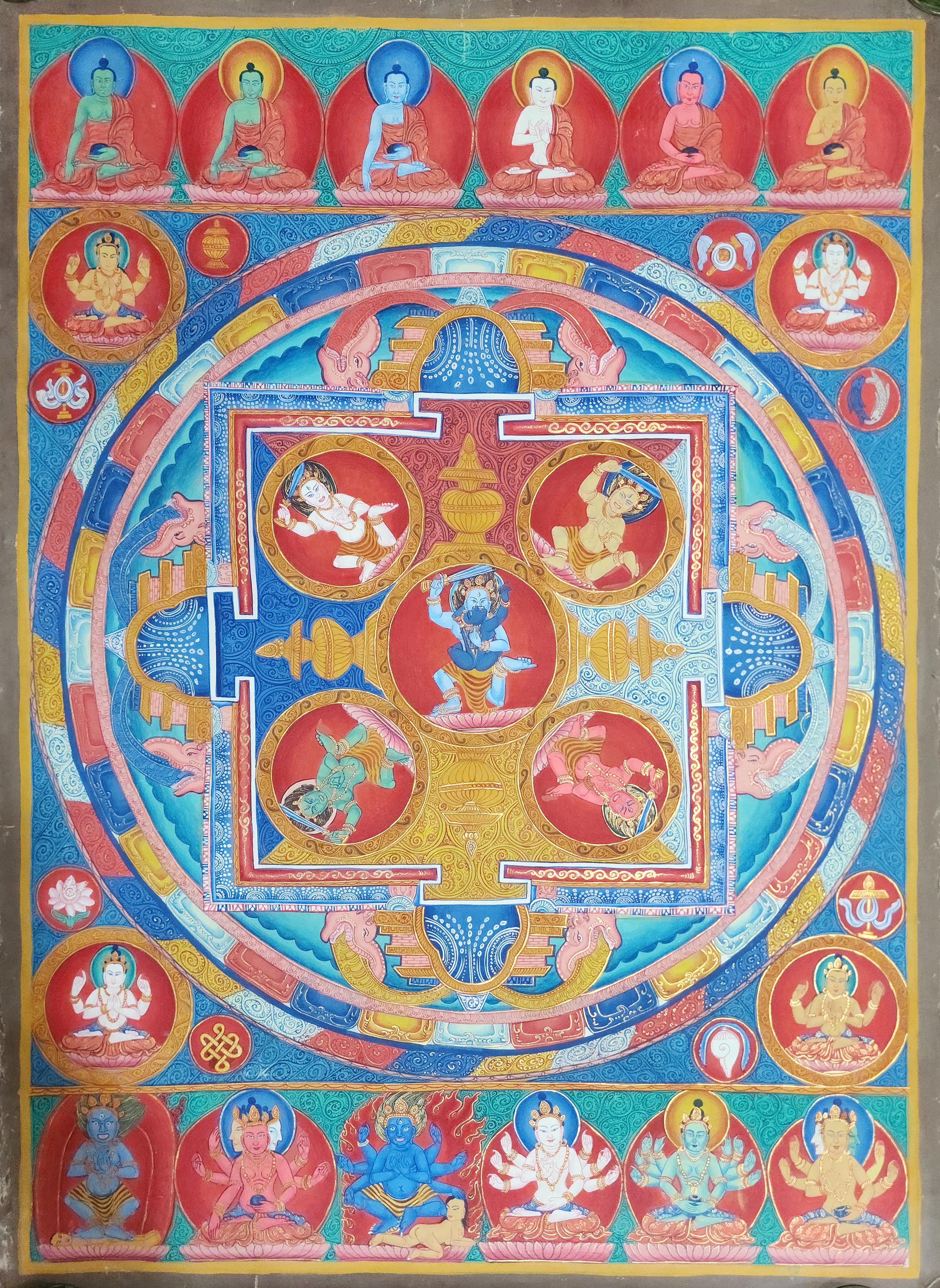









 of
of  of
of 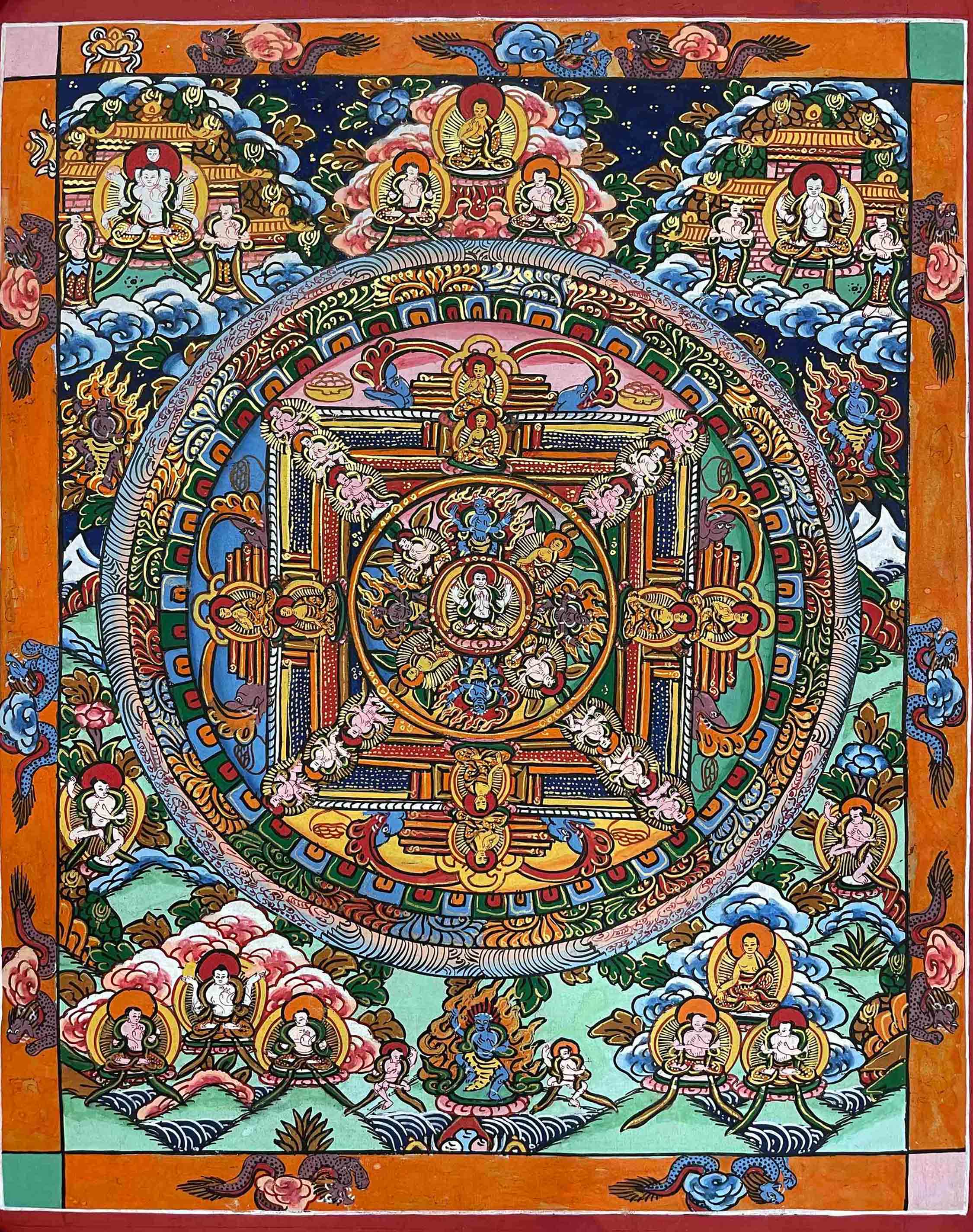 of Buddha Mandala,
of Buddha Mandala, 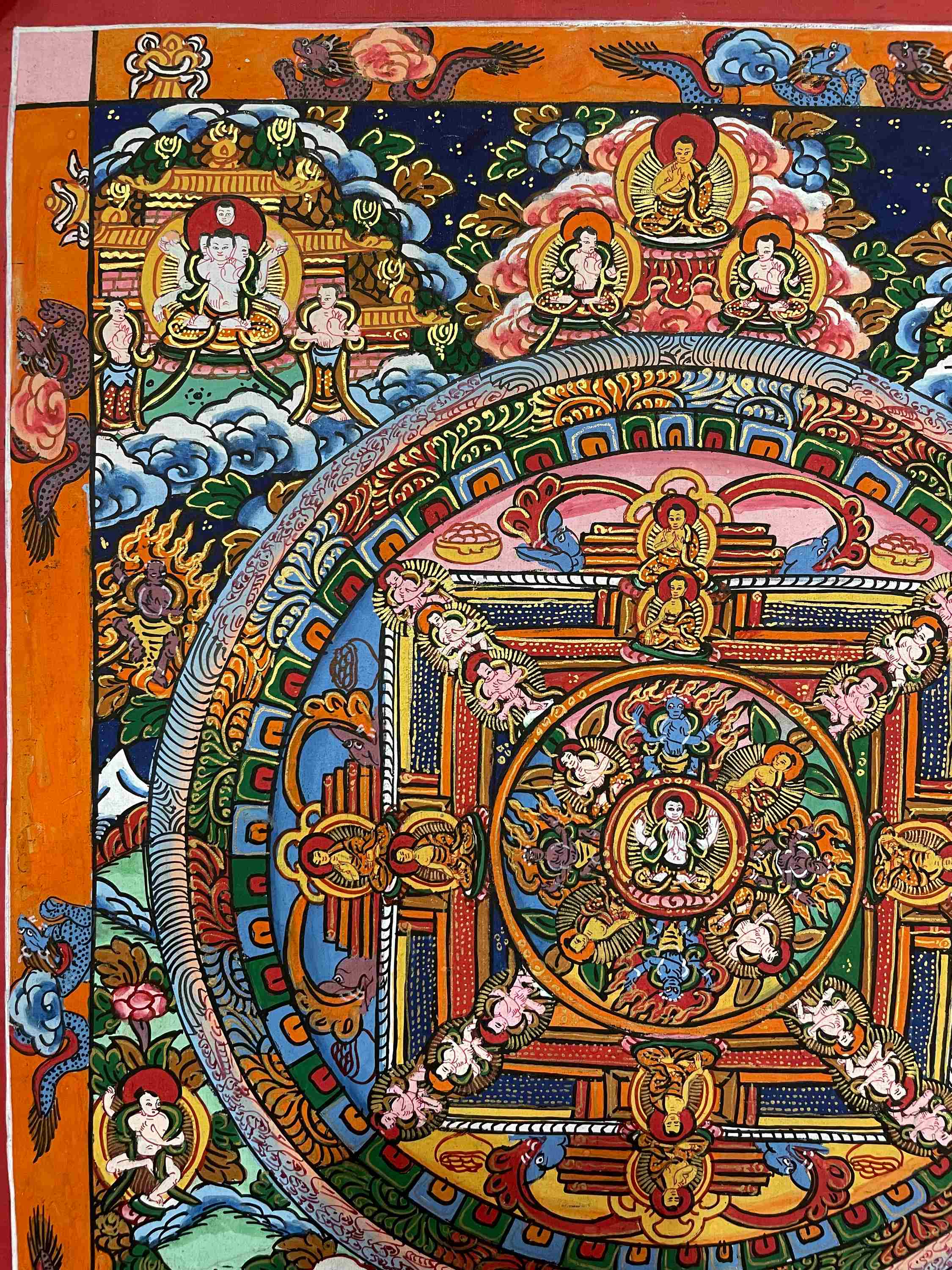 of Buddha Mandala,
of Buddha Mandala, 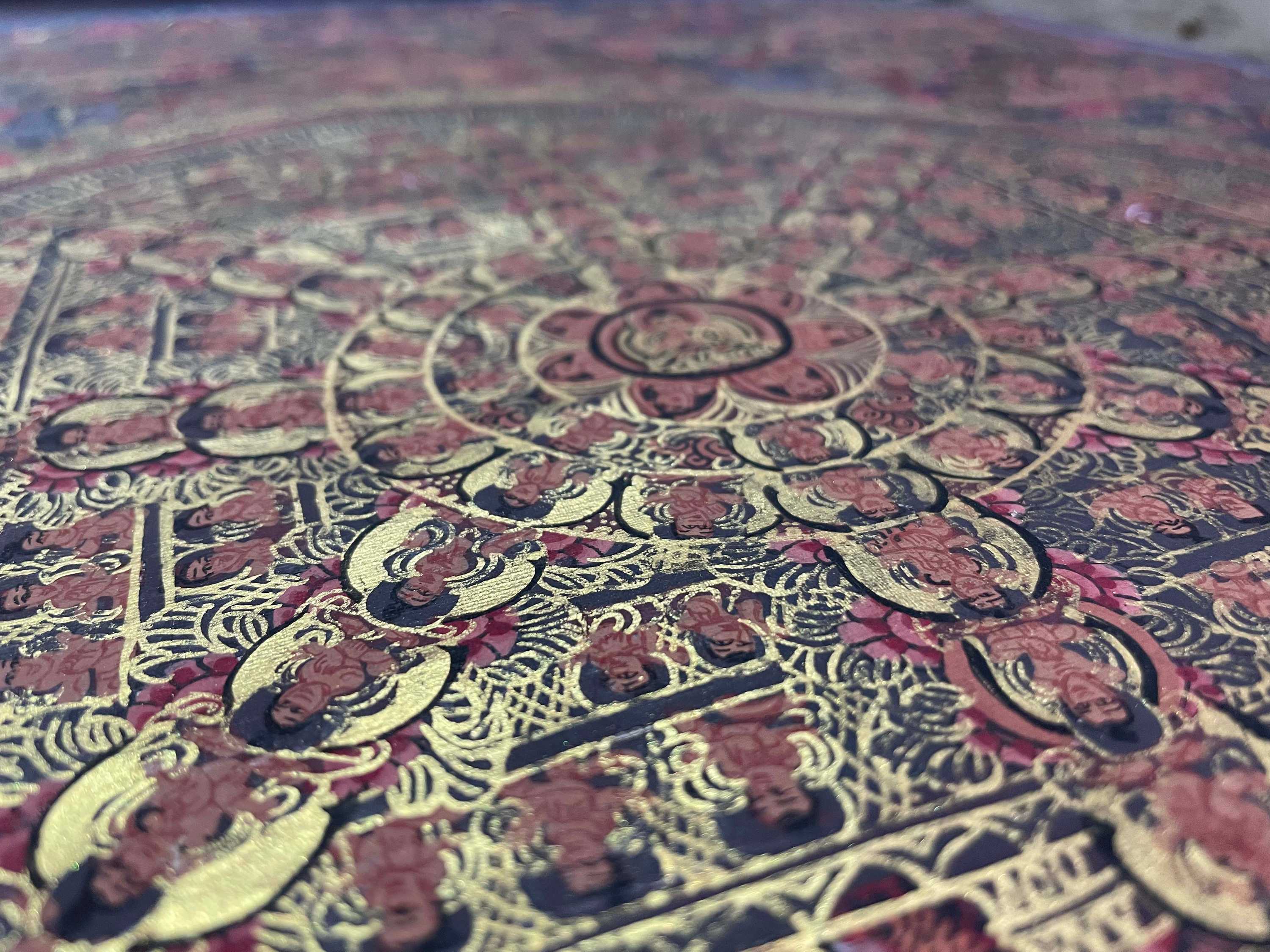 of Buddha Mandala,
of Buddha Mandala, 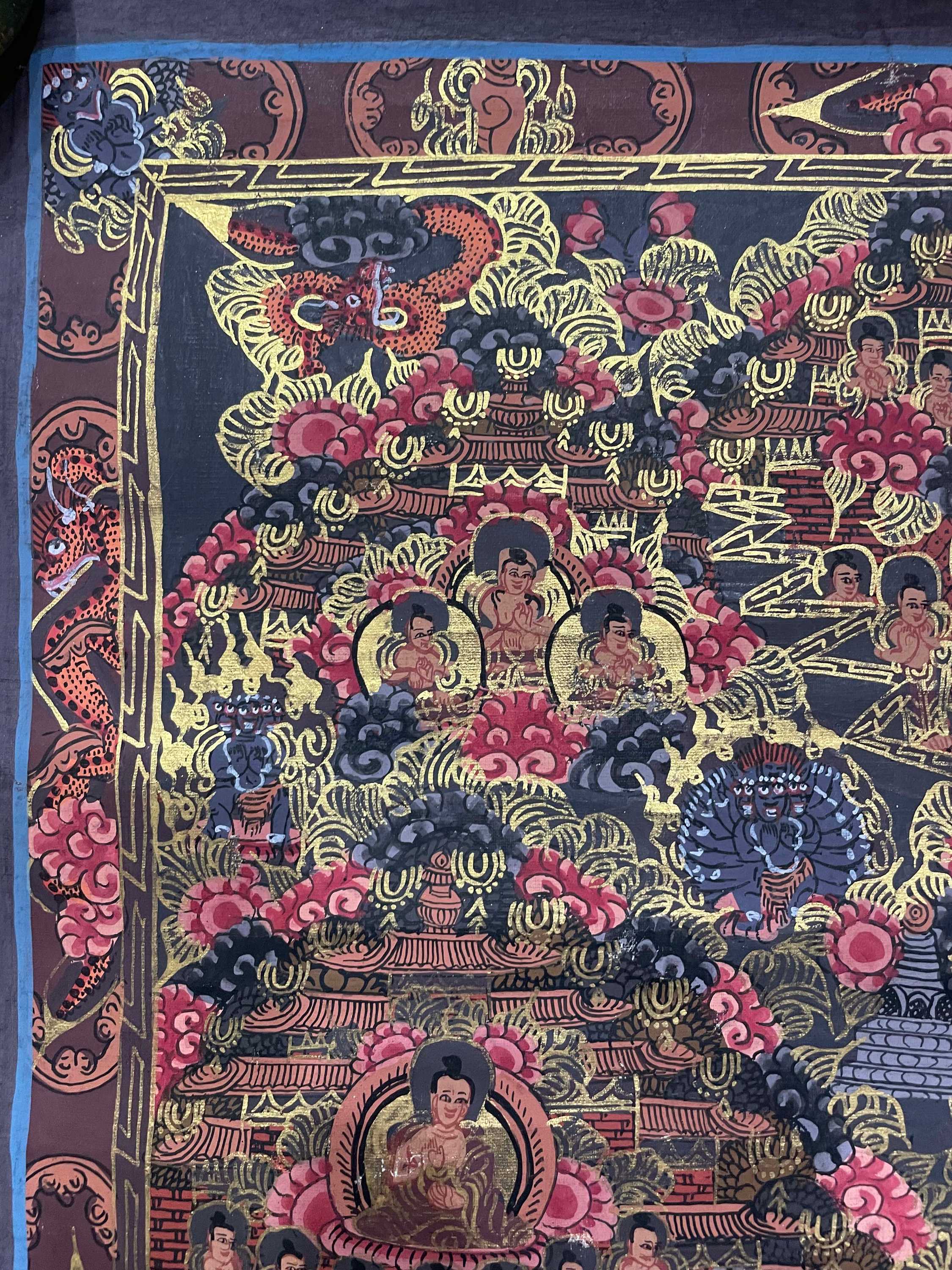 of Buddha Mandala,
of Buddha Mandala, 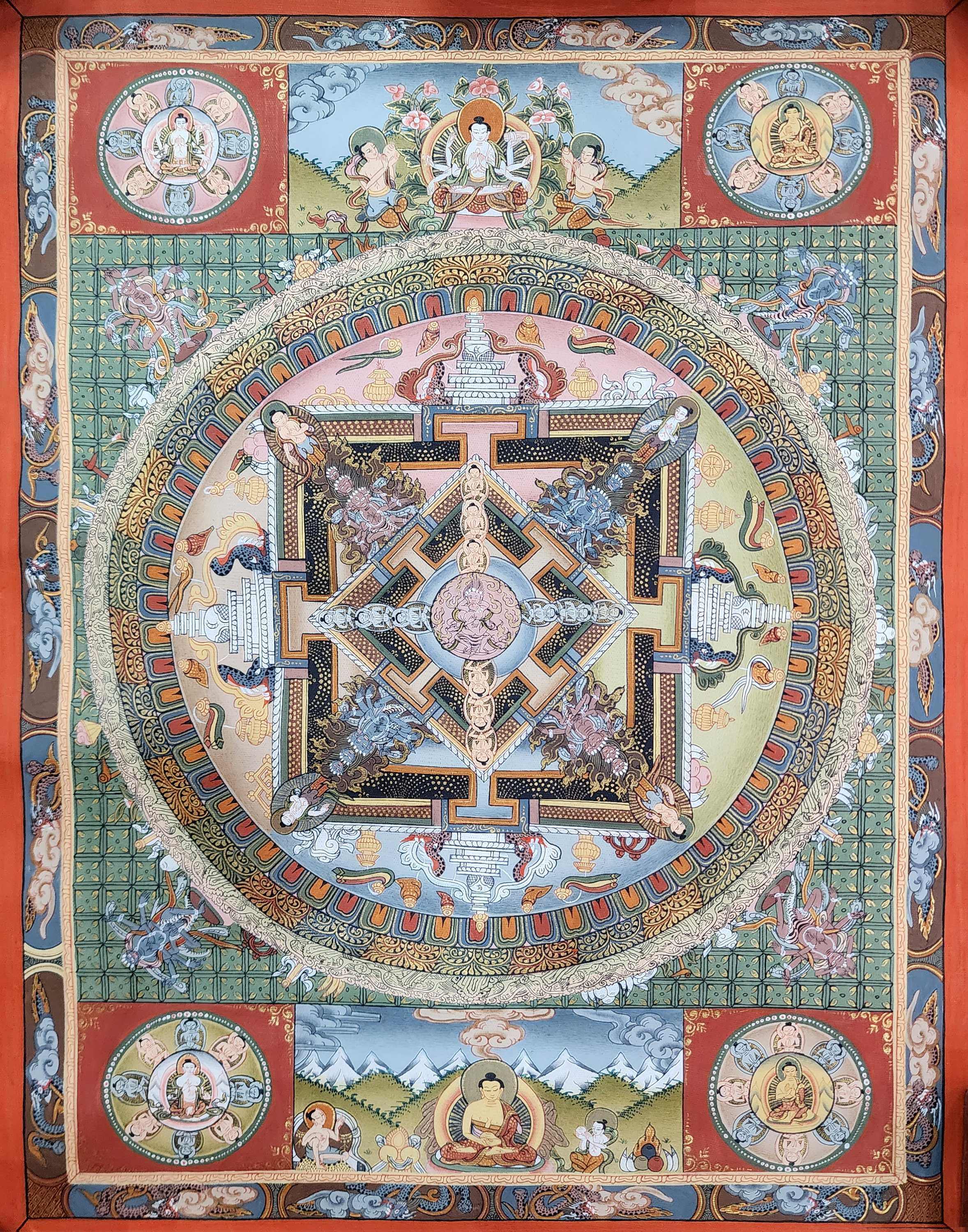 Art From Bhaktapur, Buddhist Handmade Thangka
Art From Bhaktapur, Buddhist Handmade Thangka 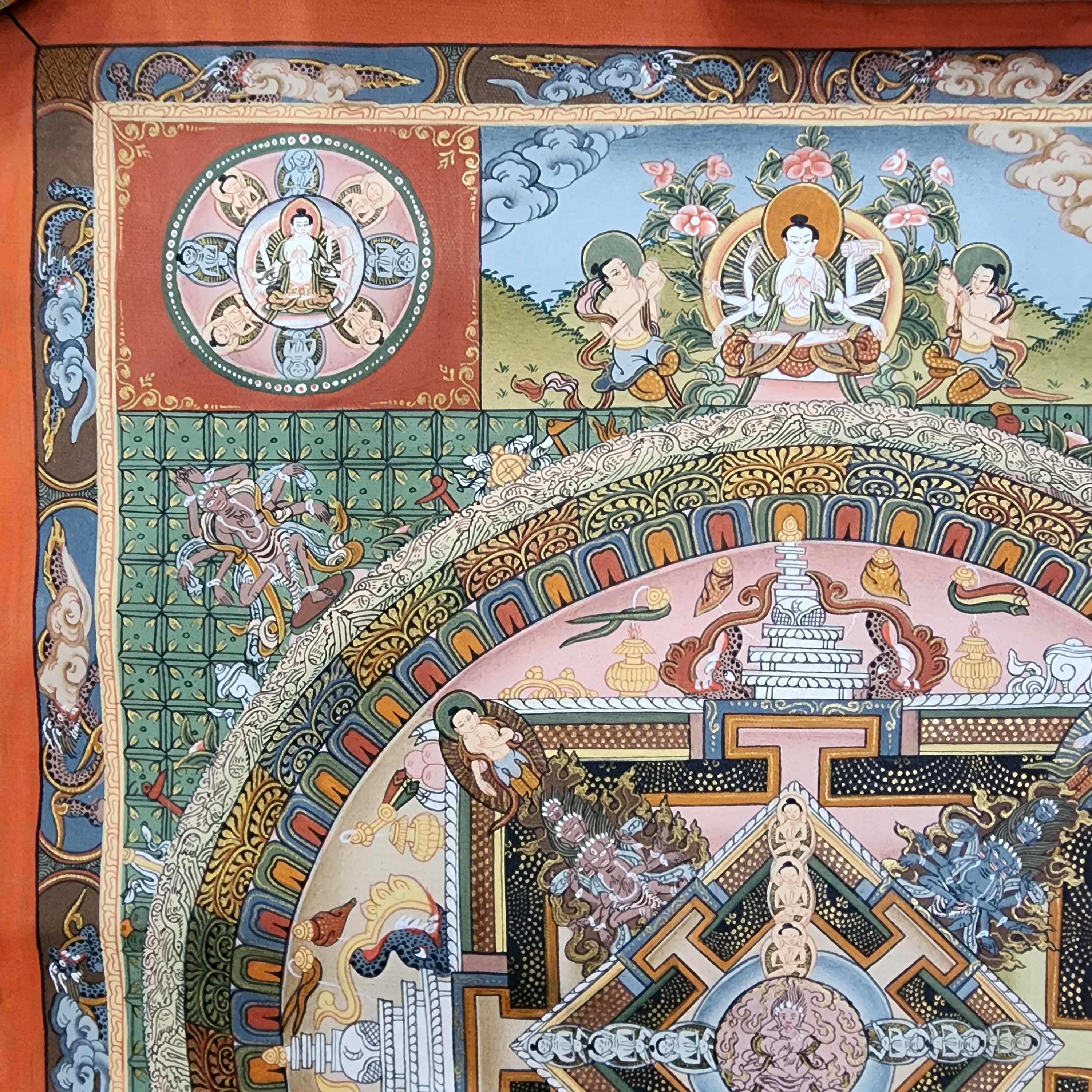 Art From Bhaktapur, Buddhist Handmade Thangka
Art From Bhaktapur, Buddhist Handmade Thangka  of
of 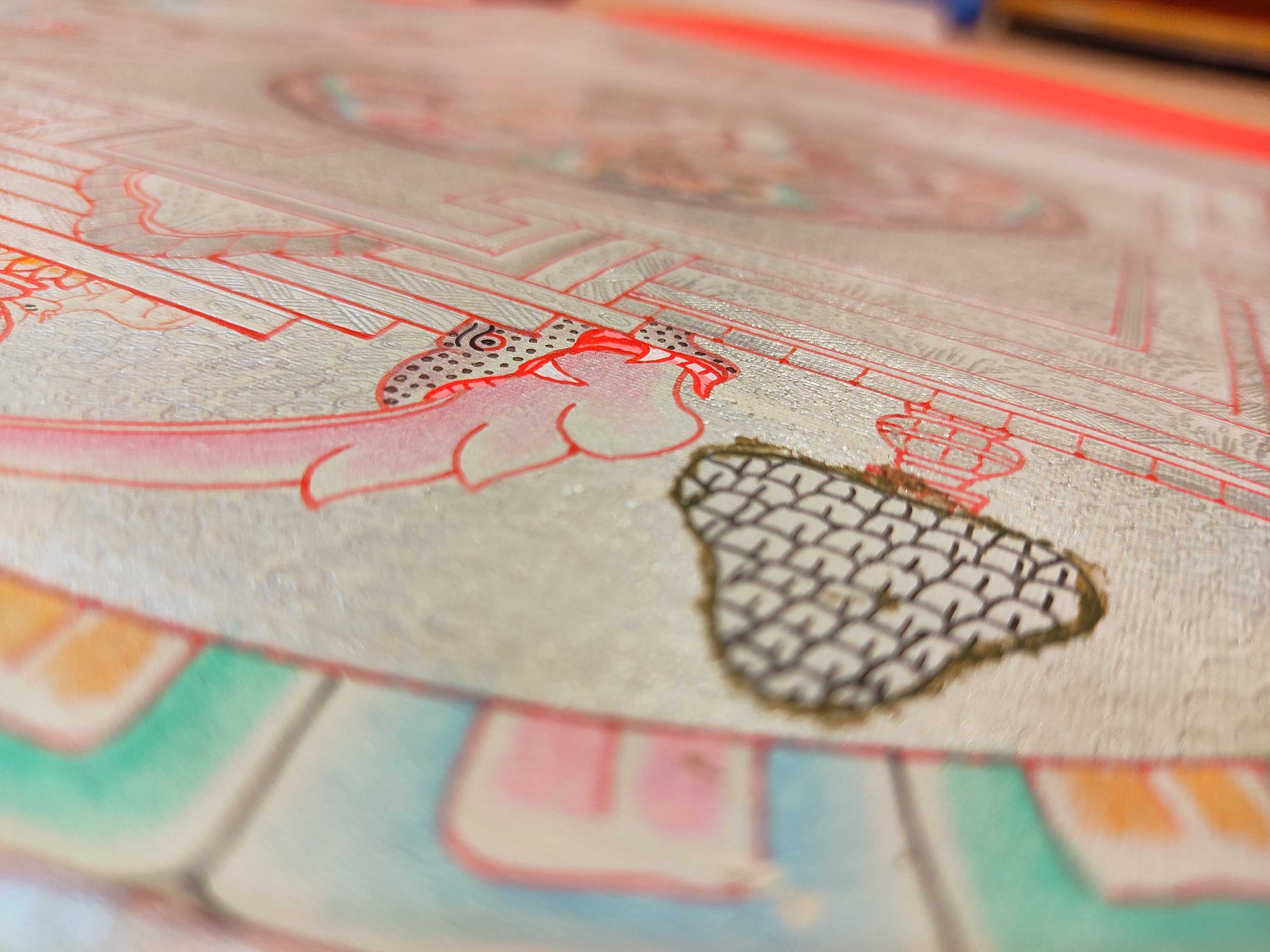 of
of  of Mandala,
of Mandala,  of Mandala,
of Mandala, 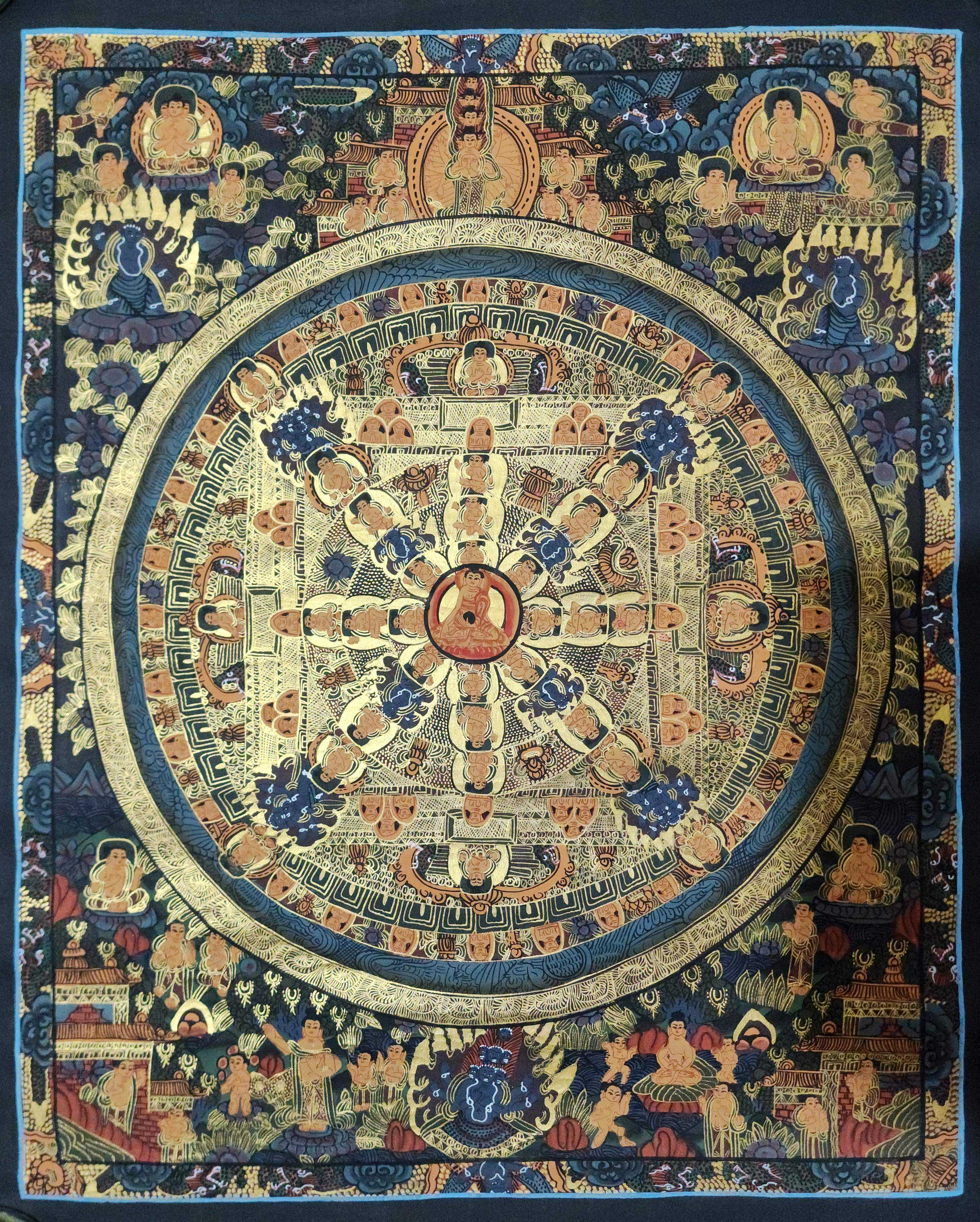
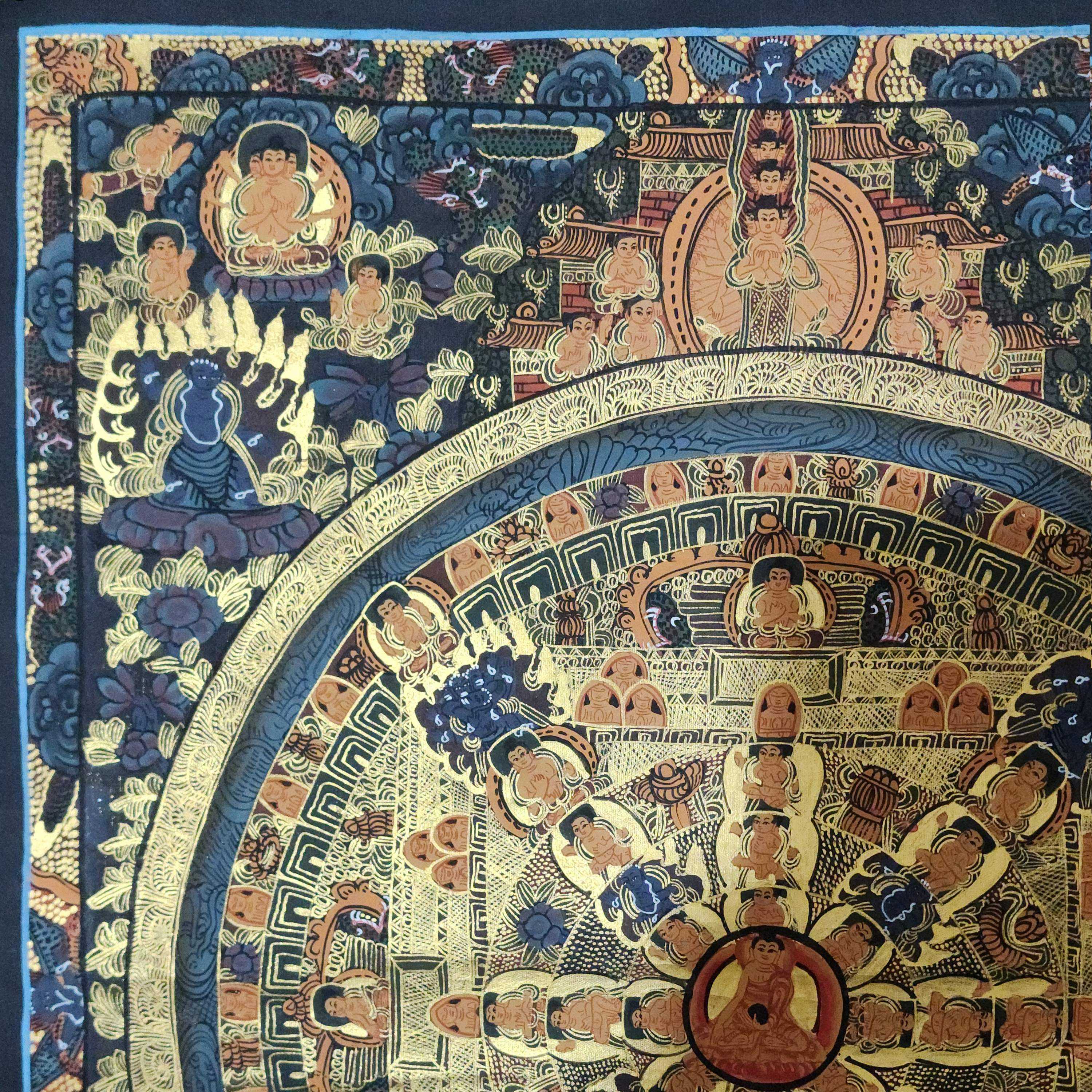
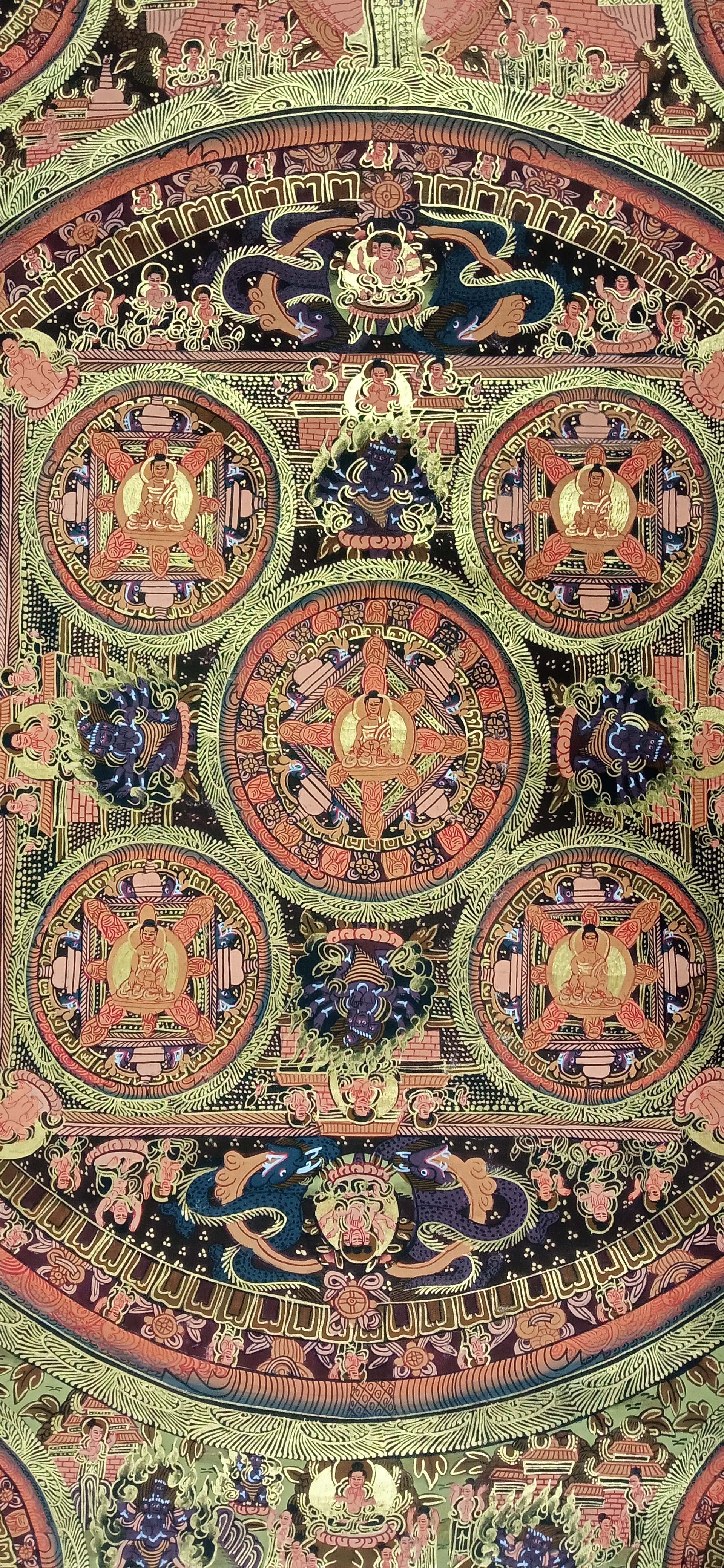 of Ten Mandala Thangka" title="Buddhist Handmade Thangka
of Ten Mandala Thangka" title="Buddhist Handmade Thangka 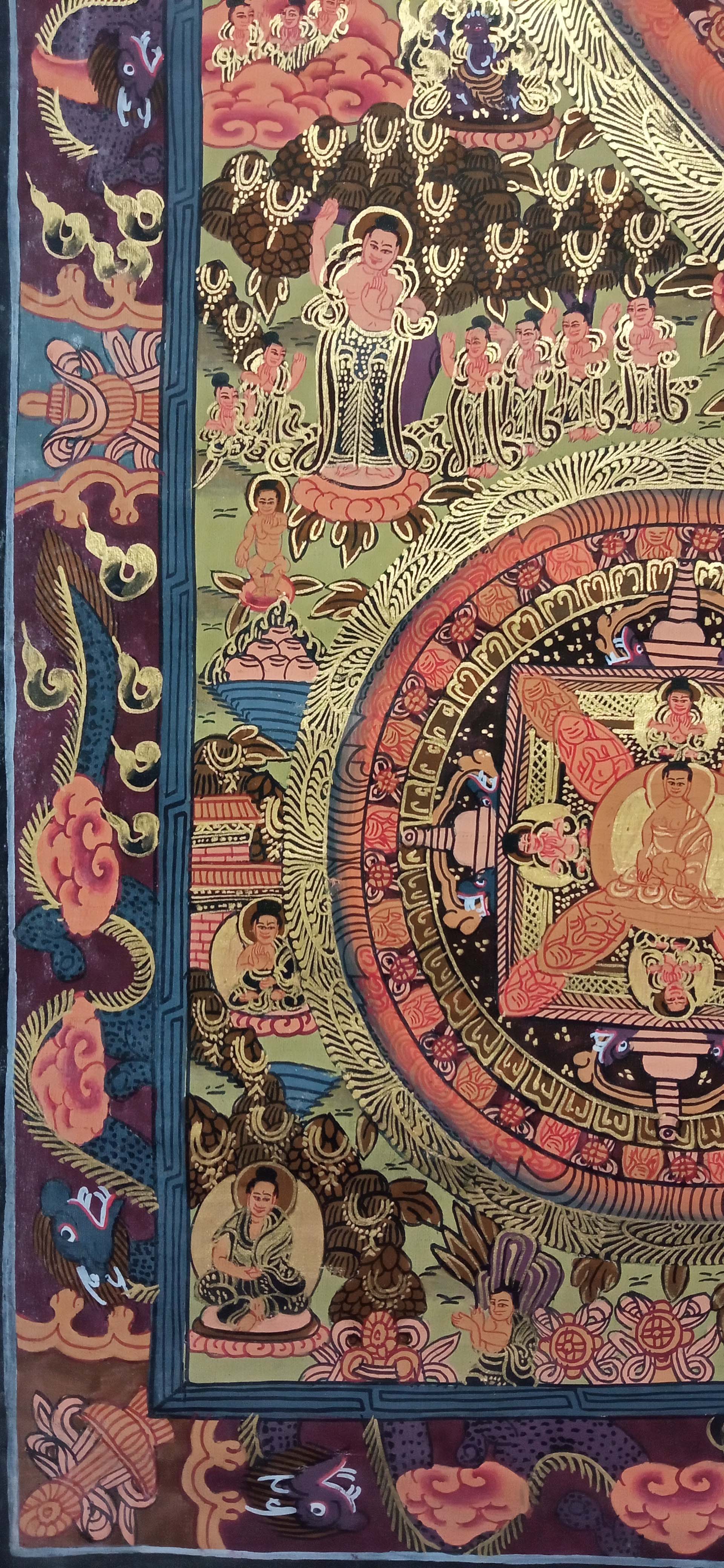 of Ten Mandala Thangka" title="Buddhist Handmade Thangka
of Ten Mandala Thangka" title="Buddhist Handmade Thangka 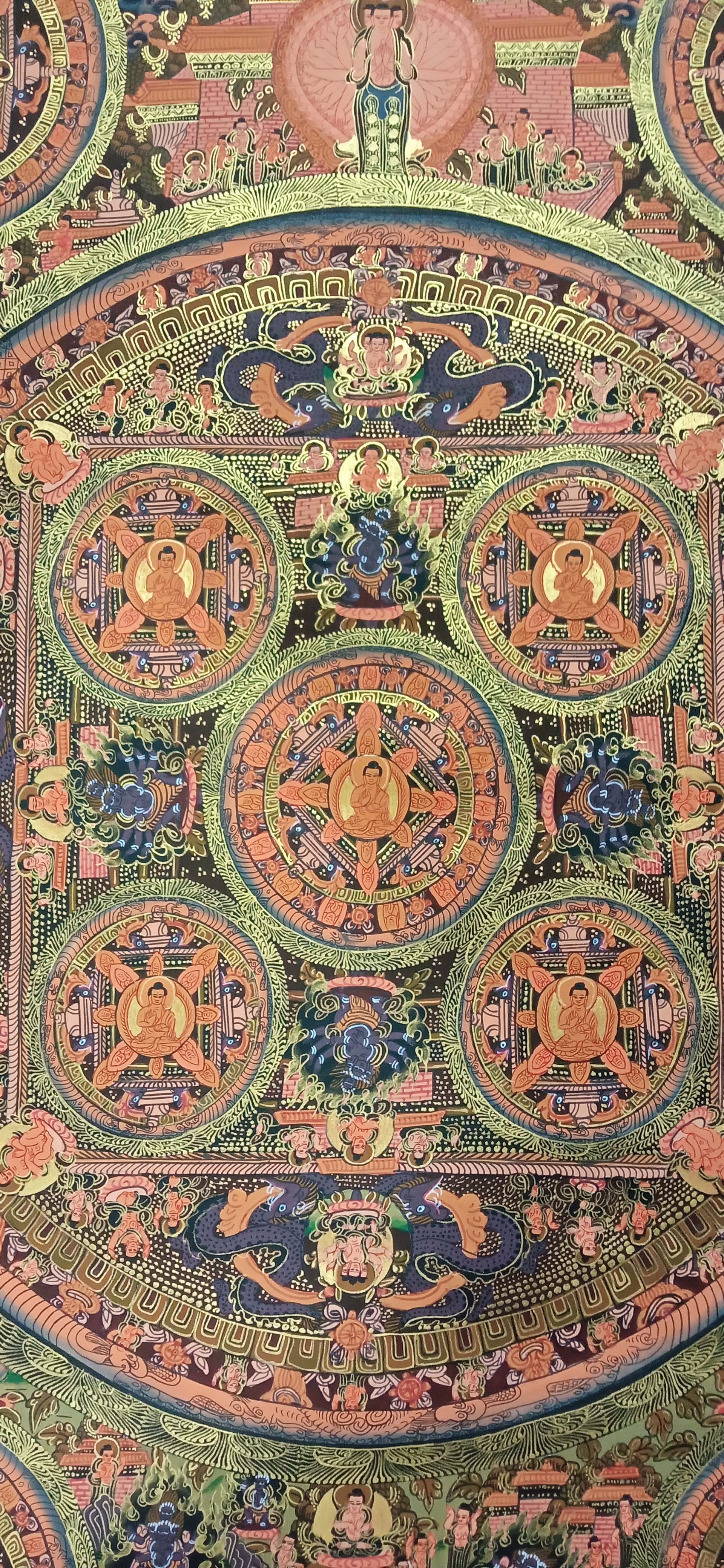 of Ten Mandala Thangka" title="Buddhist Handmade Thangka
of Ten Mandala Thangka" title="Buddhist Handmade Thangka  of Ten Mandala Thangka" title="Buddhist Handmade Thangka
of Ten Mandala Thangka" title="Buddhist Handmade Thangka  of Mandala,
of Mandala,  of Mandala,
of Mandala,